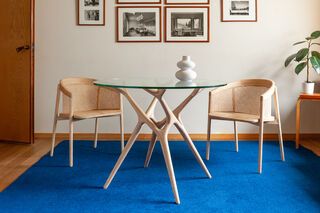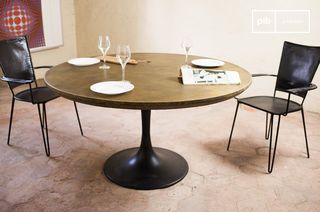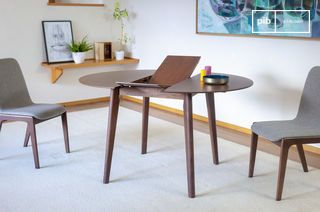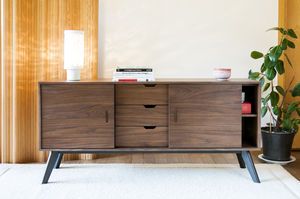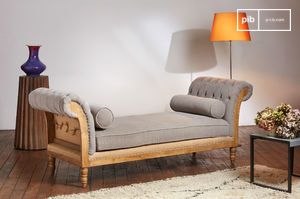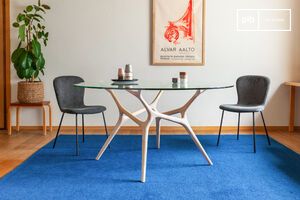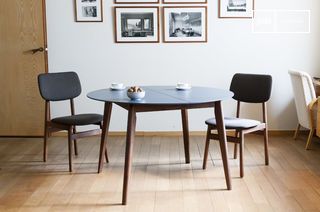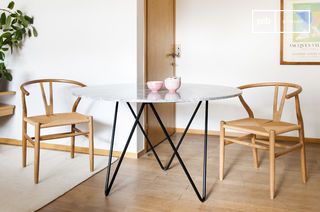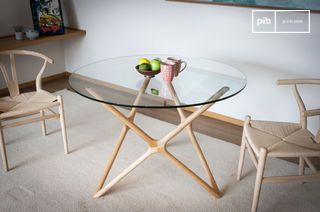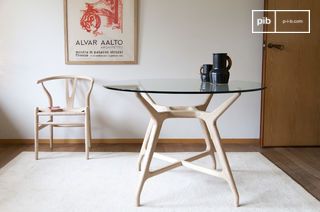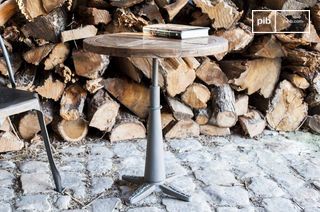Round dining table
Round dining tables refocus circulation and facilitate exchanges. By eliminating corners, they allow seating to flow freely in all directions. A round dining table gives structure to a space without imposing a dominant axis, making it ideal for open-plan or multi-functional rooms. Its format fits naturally into medium-sized configurations, with equal clearance all around. Legs vary according to use: central to maximize space, cross-shaped or tripod to stabilize the structure without interfering with seating. read more >
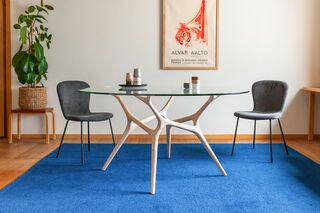
Round glass table with light solid ash for 8 peopleSylvae
£1560 £1250-20%
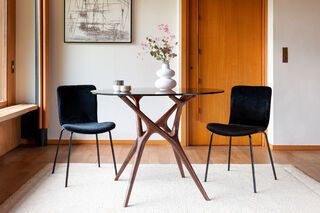
Round glass table with dark solid ash for 4 peopleSylvae
£1025 £920-10%
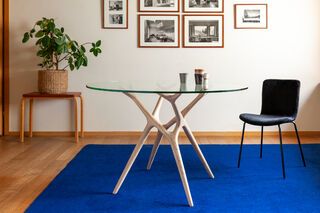
Round glass table with light solid ash for 6 peopleSylvae
£1195 £1070-10%
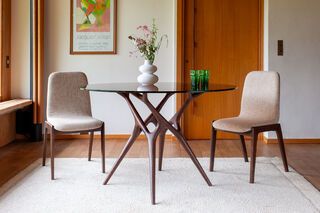
Round glass table with dark solid ash for 6 peopleSylvae
£1195 £1070-10%
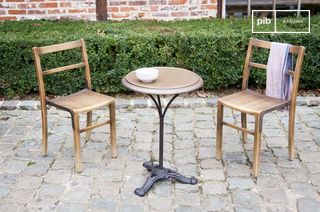
Round bistro table wood and metalVaiana
£480 £385-20%
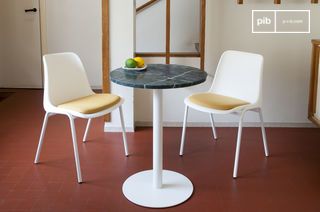
Green marble bistro tableLasby
£510 £430-15%
Best-Sellers

Why choose a round dining table?
A round dining table changes the way space is organized and used. With no corners, it facilitates regular seating arrangements. This type of format is suited to rooms where circulation is free and constant, such as open living rooms, connecting kitchens or central spaces. The round shape allows symmetrical use in all directions, without favoring any particular side.
The round table favors exchanges in small groups. It allows better visibility between guests, without obstacles or field breaks. This arrangement makes meals more fluid and conversations more natural. In a square room, it can be used to replace a rectangular table, limiting the saturation effect of corners. It also introduces a gentle break in interiors composed of very marked lines.
Dimensions, layout and circulation
The diameter of a round dining table directly determines its seating capacity. A 100 to 120 cm tabletop comfortably seats 4 people. Over 130 cm, it becomes possible to seat 6 to 8 guests, depending on the type of seating used. Regular clearance around the table is essential: at least 75 cm on each side to allow chairs to move back and circulate around the room.
The choice of base influences daily use. A central base allows chairs to be set up freely all around, without structural constraints. This type of base is recommended for small spaces or frequent meals. Cross bases or multiple structures offer greater stability, but should be chosen according to chair type and seat height to avoid leg discomfort.
In terms of layout, a round table often fits into open configurations: living-dining room, kitchen with island, multifunctional space. It can be set back slightly from a wall, centered under a hanging lamp, or positioned according to the orientation of natural light. This flexibility means it can be adapted to evolving uses without freezing the room.
Materials, stability and maintenance
The top can be made of solid wood, veneered MDF, ceramic, glass or composite. Wood provides a warm, dense material suitable for everyday use. It is available in oiled, varnished or raw finishes, depending on the desired look. Ceramic offers high resistance to stains and heat, while remaining thin in thickness. Glass makes the table visually lighter, but requires more maintenance to keep the surface clean. Composites such as terrazzo or waxed concrete introduce a marked visual texture, but sometimes require water-repellent treatment.
Stability depends on the link between top and base. Large diameters require a sufficiently wide or weighted base. Dismountable models must guarantee secure screwing to prevent lateral movement. Particular attention must be paid to contact with the floor: felt pads on parquet, adjustable feet on tiles or concrete, depending on the type of covering.
Maintenance depends on the material. A damp cloth is generally sufficient on treated wood or ceramic tops. Glass requires non-abrasive products to avoid micro-scratches. Some models feature removable tops or integrated extensions, to be handled with care to maintain their integrity over time.
A round dining table is not just about shape: it modifies the logic of use, refocuses interactions and softens the overall perception of the room. It adapts to different contexts without freezing the layout, maintaining legibility and circulation.
A round dining table is more than just a shape
